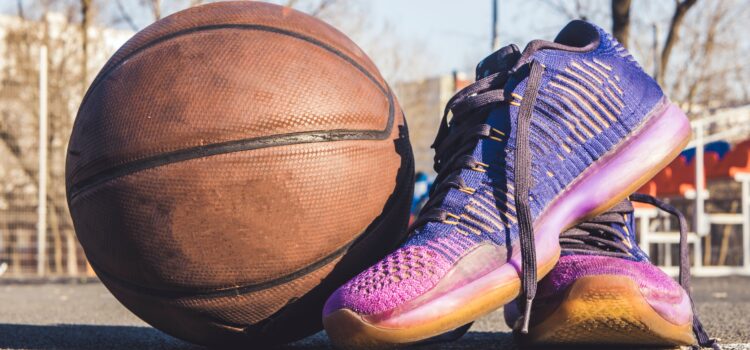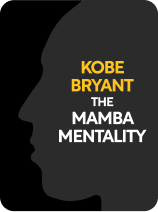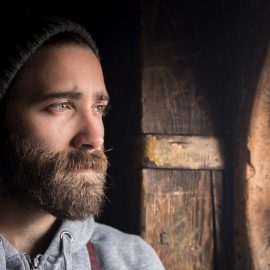

This article is an excerpt from the Shortform book guide to "The Mamba Mentality" by Kobe Bryant. Shortform has the world's best summaries and analyses of books you should be reading.
Like this article? Sign up for a free trial here .
Do you want to know how to mentally prepare for a game? What advice does Kobe Bryant provide in his book The Mamba Mentality?
Learning how to mentally prepare for a game is one of the challenges of being an athlete. In The Mamba Mentality, Kobe Bryant outlines the challenge of preparing for a basketball game, physically and mentally.
Keep reading to find out how to mentally prepare for a game according to Kobe Bryant.
How to Mentally Prepare For a Game
An NBA game lasts for 48 minutes—but Kobe spent many hours preparing and training for each game. Kobe needed both physical and mental agility on the court, so his pre-game routine worked out his body and mind.
Physical and Mental Preparation
Learning how to mentally prepare for a game can be challenging. Kobe didn’t rely on a fixed warmup routine before games. Instead, he had a general circuit of drills. He always started by shooting close to the basket. Gradually, he’d move farther back, and, finally, he’d practice a variety of shots that he might need for that night’s game. However, the primary factor that dictated Kobe’s warmup was how his body was feeling—whether he felt he needed more shooting practice, a longer stretch, a meditation session, or a catnap, Kobe always listened to his body. This principle also forced Kobe to adjust his warmups as he got older, because his 40-year-old body needed a lot more stretching than his 20-year-old body had.
Kobe started stretching hours before a game. As game time approached, he gradually transitioned to more active movements with a broader range of motion. Kobe paid attention to detail in all areas of his career, and he was well aware that pain and stiffness in certain body parts could be symptomatic of tightness in a different muscle. Because of this, Kobe made sure that his ankles were active and limber, because ankle stiffness could cause pain in his knees, hips, and back.
Besides physical preparation, Kobe also prepared mentally and emotionally for games. When Shaq was on the team, he and Kobe joked around and talked trash in order to get their energy up for the game. This was important not just for their own preparation, but also because it set the tone for the team. As team leaders, Kobe and Shaq initially emanated high energy and levity, then grew more serious and focused as game time approached. This was all part of the process of how to mentally prepare for a basketball game.
At the end of each game, when other players rushed off to shower and change, Kobe began his preparation for the next game by dedicating time to recovery. After every game—and every practice—Kobe spent 20 minutes icing his knees and shoulder in order to reduce the muscle inflammation. In this way, Kobe maintained a never-ending cycle of preparation. And with this advice, you can develop your own strategy for how to mentally prepare for a basketball game.

———End of Preview———
Like what you just read? Read the rest of the world's best book summary and analysis of Kobe Bryant's "The Mamba Mentality" at Shortform .
Here's what you'll find in our full The Mamba Mentality summary :
- How Kobe Bryant was able to play and dominate the best players
- Why Kobe took up tap dancing for a summer
- How reading the referee's handbook helped Kobe improve his game






